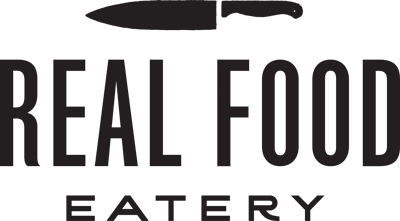Health Hack #59 - A Season for Supplements
| The Empty Calorie Conundrum Navigating the laundry list of micronutrients needed to optimize one’s health can prove daunting, now more than ever. We all have fairly consistent daily caloric intake averages, with differences derived from activity level, weight, and other factors like economics. But on the whole, any given individual has a tendency towards consuming around the same number of calories each day. Not super long ago, virtually all foods were real. This is very different today, where the Westernized diet relies heavily on processed foods. There are the obvious that meet the eye and come packaged with a slew of unsavory (and often hard to pronounce) ingredients. But there are more subtle contributors as well, which have proliferated in our diet over the last half century. Refined grains, for starters. These are primarily wheat grains that have been processed in order to yield products like flour to make breads, pastas, and any number of baked goods, even those that have been baked fresh and are seemingly devoid of preservatives. Refined wheat, with its gluten intact (and in most instances more pronounced) is found on more labels in the grocery store than probably any other ingredient. It is everywhere. Converting a whole grain into a flour pulverizes much of the fiber, minerals, and vitamins, leaving only the high glycemic starch and trace amounts of protein. Doing so renders a product largely devoid of worthwhile nutrients, and also more calorie rich due to its concentration. Empty calories as they can be called. This is precisely why the same health enthusiasts may advocate for whole grains while railing against the ills of consuming pastas that were derived from grains that were once whole. Each stage in the processing wipes out more and more of the goodness. Processed sugars are the other biggie. Much of what we now use to sweeten foods is derived through a highly processed mechanism, be it the wildly complex and high unnatural production of high fructose corn syrup, or the more simplified process of creating table sugar. Isolating a sugar carries the dangerous guarantee of spiking a food’s glycemic load when that isolated sugar is blended in with it, often turning an otherwise healthful snack into a nutritional disaster. Sugar itself possesses little nutritional value, if any. Many whole foods (grapes and apples, for example) contain rather high quantities of sugar, which, when consumed in moderation, possess plenty of nutritional benefit given the host of micronutrients and fiber that come packaged along with the naturally occurring sugars. Like the grain phenomenon, it’s the processing and the isolating that amplifies the negatives by a substantial degree. Back in the day when fewer temptations existed, we consumed fewer wasted calories. The recommended ideal daily calorie intake ranges somewhere between 2,000-3,000 for adults, dependent upon body weight. (Outliers for this range exist, and are often tied to activity level and/or caloric quality, among more complex variables like thermogenesis.) Let’s arbitrarily use 2,500 as a target mark. Fifty years ago, with real food still dominating the diet, maybe 2,300 of these calories were worthy of consumption, leaving 200 or so as empty, which might account for the homemade slice of cake after dinner. Today, on average, we’re likely consuming more than threefold as many empty calories per day, with so much of what we eat coming out of a box or package. And worse yet, when we exceed our daily target, the excess typically consists of the type of junk that is literally engineered to make us overeat. The net result of these unfortunate circumstances is that we find ourselves consuming fewer meaningful calories than ever before. A real calorie should nourish us in a variety of ways. As we’ve spent much time on in the past, not all calories are created equally. One hundred calories of organic spinach carries far more value than one hundred calories from a Twinkie. If you question this notion, try consuming your recommended daily caloric intake via Twinkies only, and see how you look and feel. It doesn’t require the sudden thinning of one’s hair and a formal medical diagnosis to suggest a mild consequence of an even slight nutrient shortcoming. If we find ourselves feeling less than optimal - unable to sleep well, think sharply, perform at a high level, etc. - then we may very well find that an uptick in something we’re in desperate need of but are lacking in is just what the doctor ordered. As a health nut, I’m always striving to improve my well being, and always making adjustments as my journey trudges on. There’s a danger in thinking that we’ve arrived. We may feel great, yes. But how confident can we be that it’s the best version of ourselves? Maybe there’s an opportunity to feel even better.
|
